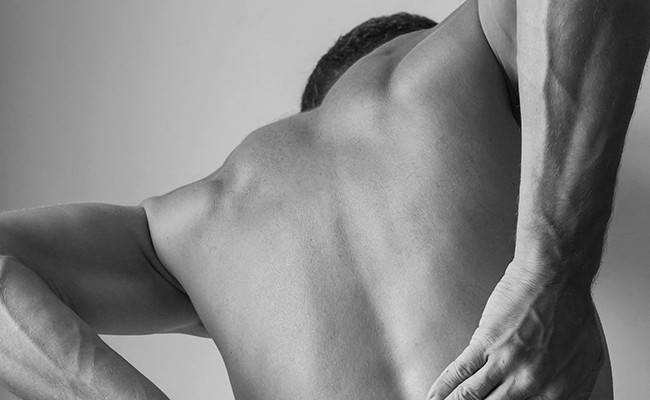
Back pain prevention
- 18/10/2015
Back pain is an extremely common condition with multiple causes, hence the importance of proper postural habits and adopting healthy lifestyle habits to prevent this pain. It is essential to learn healthy postures for the spine and avoid those that are not.
The spine will suffer:
- from holding the same position for a long time, whether sitting, standing, or lying down.
- from postures that increase physiological curves.
- from performing repetitive movements, even with minimal effort.
- from overexertion or awkward postures.
Furthermore, the recommended measures for maintaining good postural hygiene are:
1.-planning activities that require holding postures for long periods of time, spreading tasks over several days, and trying to provide rest periods between tasks.
2.-when standing:
- put one foot further forward than the other and change position frequently.
- head and chest upright.
- wear comfortable, low-heeled shoes (2-5 cm heels).
- We will pick up objects from the floor by bending our knees, not our torso, and we will maintain the curvature of our back.
- Avoid overly upright or overly relaxed postures.
3.-When sitting:
- Back aligned and upright.
- Support on the ischial tuberosities.
- Knee at a right angle.
- Firm support with the chair back as far back as possible.
- Avoid soft seats or those without a backrest. Do not sit on the edge of the seat.
4.-When driving:
- Lean your back completely against the backrest.
- Knee-hip angle at 90°.
- Avoid driving with your arms away from the steering wheel, with arms and legs extended, and without lumbar support.
5.-When bending over:
- Do not curve your spine forward, but bend your knees and keep your back straight.
6.-When lifting and carrying weights,
- Bend your knees, not your back.
- Stand firmly on your feet and lift with your legs.
- Do not lift weights above your shoulders, only up to chest level.
- Seek help for excessive loads.
7.-Lying down: The general rule is to maintain positions that support the entire spine in the position it assumes when standing.
- A good posture is the fetal position, lying on your side with support from your side, hips and knees bent, and the neck and head aligned with the rest of the spine.
- Avoid sleeping on your stomach, as this modifies the lumbar curvature.
- The mattress and bed frame should be firm and straight. Not too hard or soft, and should adapt to the curves of the spine. Low pillows are recommended.
- Large beds to facilitate frequent position changes.
Make an appointment with Dr. Jordi Jiménez. He will see you in the center of Palma and help you regain your quality of life.

![[VIDEO] Ultrasound-Guided Injection for Trigger Finger](https://drjordijimenez.com/imagen/100/100/Imagenes/infiltracion-ecoguidada-dedo-resorte-drjordijimenez.jpg)
![[VIDEO] Ultrasound-guided infiltration of the lumbar facets](https://drjordijimenez.com/imagen/100/100/imagenes-pagina/sindrome-facetario-lumbar-drjordijimenez (1).jpg)
![[VIDEO] Ultrasound-guided infiltration of the hip joint](https://drjordijimenez.com/imagen/100/100/Imagenes/valgo-dinamico-rodilla-drjordijimenez.jpg)